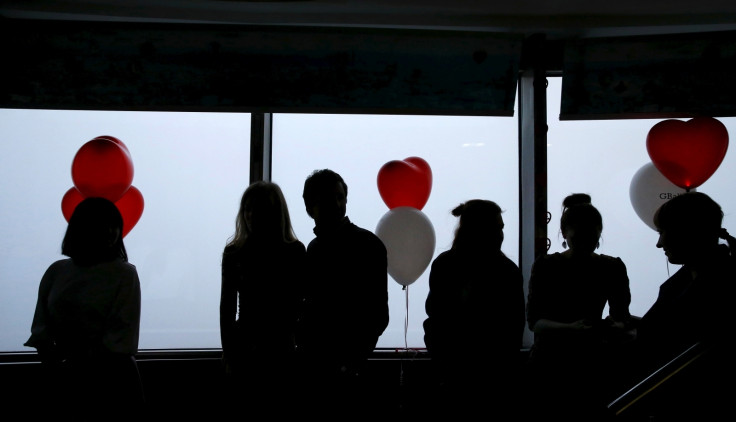Valentine's Day 2018: The dark history behind a beloved celebration
Red roses, greeting cards and stuffed animals may have shrouded the disturbing history behind one of the most widely celebrated days of the year.

Valentine's Day, which falls on the 14th of February every year, is celebrated internationally with chocolates, flowers, cupids and stuffed toys taking centre stage. While for many, the annual celebration of love revolves only around their special someone, for others it includes their parents, friends and even pets while painting the town red with love.
However, a closer look at the worldwide celebration tells us that the origins of the day may not be as wholesome as its reputation suggests.
According to multiple sites, Valentine's Day is believed to have originated at The Feast of Lupercalia — an annual fertility festival which took place in ancient Rome. Celebrated on the 15th of February, the tradition involved women being whipped on the streets with the hides of sacrificed goats.
The ancient practice was believed to be violent yet voluntary as women thought that the whipping would improve their fertility.
The day would apparently end in a session where unmarried women would add their names into an urn or jar for bachelors to draw from. The pairs would then date for a year, with some ending up being married.
History books also note that Claudius II, the emperor of Rome from 268-270 A.D., may have played an antagonistic role in the creation of the day. Unsatisfied with the low turnout of married men signing up to join the army, the emperor outlawed marriage after calling it a distraction for young men.
In a move equally rebellious and romantic, a priest named St. Valentine is said to have gone against the ruling by secretly performing marriages for young couples. After a period of imprisonment, reports suggest that St. Valentine was beaten to death on 14 February around 278 A.D.
By the end of the 5th Century, the rise of Christianity led to the Lupercalia festival being outlawed.
It is believed by some that in 496 AD Pope Gelasius combined the end of the fertility festival with the death of St. Valentine, officially declaring the 14th of February as Valentine's Day.
Through the years, English writers such as Geoffrey Chaucer and William Shakespeare went on to reference the day in their works, accelerating its growing popularity in Britain and Europe. Notably, Chaucer's poem "Parlement of Foules" (Parliament of Fowls) from 1382 helped conceive a strong association between romance and Valentine's Day.

Historians credit the Duke of Orleans, a 15th-Century Frenchman, for writing the earliest known Valentine greeting. While imprisoned in the Tower of London, he wrote to his wife: "Je suis desja d'amour tanné, Ma tres doulce Valentinée" which translates to "I am already sick of love, my very gentle Valentine".
By 1913, Hallmark introduced the first known commercial range of Valentine's Day greeting cards.
Today, the spark of romance has yet to die as greetings and gifts are still bought and exchanged in immensely high numbers. Even with a dark history, Valentine's Day continues to be marked as a joyous calendar date for lovers as well as the booming industry it helped create.





